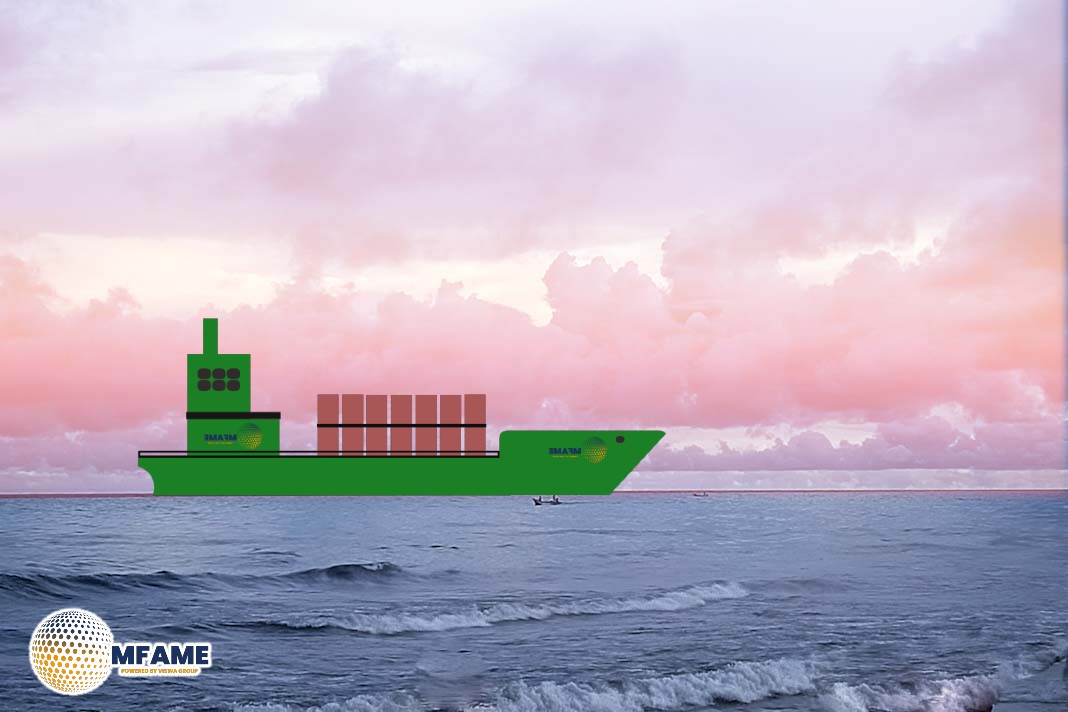- Red Sea remains risky for shipping, despite some companies resuming operations.
- CMA CGM launches a weekly service in the Red Sea, citing signs of stability.
- EU extends its naval presence until at least 2026 to safeguard shipping routes.
Shipping companies are still hesitant to use the Red Sea route, citing both security risks and commercial interests, industry experts said on February 19, reports SP Global.
Shipping Industry Remains Cautious About Red Sea Despite Some Return
Since October 2023, militant attacks in the region have forced most vessels to avoid the Suez Canal in favor of longer African routes.
While a January 2025 ceasefire announcement promised to reduce attacks, many shipping firms remain unconvinced.
Current Shipping Trends & Risk Factors
Ship traffic via the Bab al-Mandab Strait averaged 31 ships per day in early February, well below the normal 70+ ships before the crisis.
War risk premiums have jumped from 0.05% to 1% of hull value, discouraging immediate returns to the route.
Ship diversions have led to increased ton-mile demand:
- 4.5% for dry bulk carriers
- 7.5% for product tankers
- 17% for container ships
Chris Greenwood of Inchcape Shipping Services noted that some sectors have commercial incentives to avoid the canal rather than return quickly.
Freight Rates & Market Impact
Tanker rates initially spiked in early 2024 but later fell to prewar levels.
Container shipping rates surged, with the Platts Container Index peaking at $5,272/FEU in January, its highest since 2022, before dropping to $3,017/FEU in February.
Rates were below $1,000/FEU before the crisis.
CMA CGM Resumes Red Sea Operations
French shipping giant CMA CGM has launched a weekly service between India and Saudi Arabia through the Red Sea, citing improved regional stability.
Meanwhile, the EU has extended its naval security operation (EUNAVFOR ASPIDES) until at least February 2026. It ensures continued protection of commercial shipping.
Uncertain Security Situation
Despite these developments, analysts warn that security remains fragile. The Houthis continue stockpiling weapons and have threatened to resume attacks if ceasefire negotiations fail.
Daniel Mueller of Ambrey noted that a long-term resolution may take months. The ceasefire process involves three six-week stages of prisoner exchanges before a permanent deal is finalized.
Did you subscribe to our daily Newsletter?
It’s Free Click here to Subscribe!
Source: SP Global

















